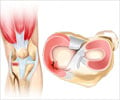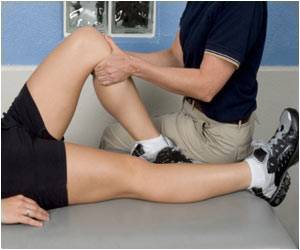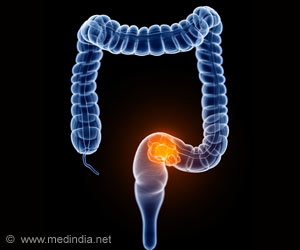A new 3D printable double network hydrogen with a strength and elasticity greater than those of cartilage has been developed.
Highlights
- The protective cartilage shock-absorbers in the knees known as meniscus are subjected to damage by long-term wear and tear and sports-related injury.
- Aging reduces the self-healing capacity of the meniscus, the available implants do not match the strength and elasticity of the original cartilage and are not biocompatible.
- The new mixture of hydrogel-based material is the first to match human cartilage in strength and elasticity, which is 3-D-printable and biocompatible.
As one approaches adulthood, the meniscus has limited ability to heal on its own.
One option of repairing the damaged meniscus is through surgery by its partial or complete remove of the.
The currently available implants however have certain drawbacks like:
- They do not match the strength and elasticity of the original cartilage
- Are not biocompatible, that is they do not support the growth of cells to encourage healing around the site
In the recent years, hydrogels have been widely gaining attention as a replacement option for damaged cartilage. But so far synthetic hydrogels that are equal in strength to human cartilage or that are 3-D-printable, have not been created.
The developed material is hydrogel-based and it is the first to match human cartilage in strength and elasticity. It is 3-D-printable and stable inside the body. They are biocompatible and have a molecular structure similar to the cartilage.
"We've made it very easy now for anyone to print something that is pretty close in its mechanical properties to cartilage, in a relatively simple and inexpensive process," Wiley said.
A graduate student in making the hydrogel- based material, Feichen Yang, Wiley's lab and author on the paper, Feichen Yang, experimented with In the first step in making the hydrogel-based material, Feichen Yang, a graduate student at Wiley's lab, mixed together two different types of hydrogels, to create a double-network hydrogel. One hydrogel was stiffer and stronger and the other softer and stretchier.
"The two networks are woven into each other," Yang said. "And that makes the whole material extremely strong."
The strength and elasticity of the mixture was adjusted by changing the relative amounts of the two hydrogels. This helped to create a formula that best matches the human cartilage.
In the next step, a special ingredient, a nanoparticle clay, was mixed to make the mock-cartilage 3-D-printable.
The hydrogen flows like water when under stress, after the addition of the clay. When stress is removed, the hydrogel immediately hardens into its printed shape.
3-D printing custom implants are based on virtual 3-D models of a patient's anatomy, which can be obtained from computer tomography (CT) or magnetic resonance imaging (MRI) scans.
"Shape is a huge deal for the meniscus," Wiley said. "This thing is under a lot of pressure, and if it doesn't fit you perfectly it could potentially slide out, or be debilitating or painful."
"A meniscus is not a homogenous material," Yang added. "The middle is stiffer, And the outside is a bit softer. Multi-material 3-D printers let you print different materials in different layers, but with a traditional mold you can only use one material."
"This is really a young field, just starting out," Wiley said. "I hope that demonstrating the ease with which this can be done will help get a lot of other people interested in making more realistic printable hydrogels with mechanical properties that are even closer to human tissue."
The report appears online in ACS Biomaterials Science and Engineering.
Reference
- Benjamin Wiley et al.3D Printing of a Double Network Hydrogel with a Compression Strength and Elastic Modulus Greater than those of Cartilage. ACS Biomaterials Science and Engineering; (2017) DOI: 10.1021/acsbiomaterials.7b00094
Source-Medindia










